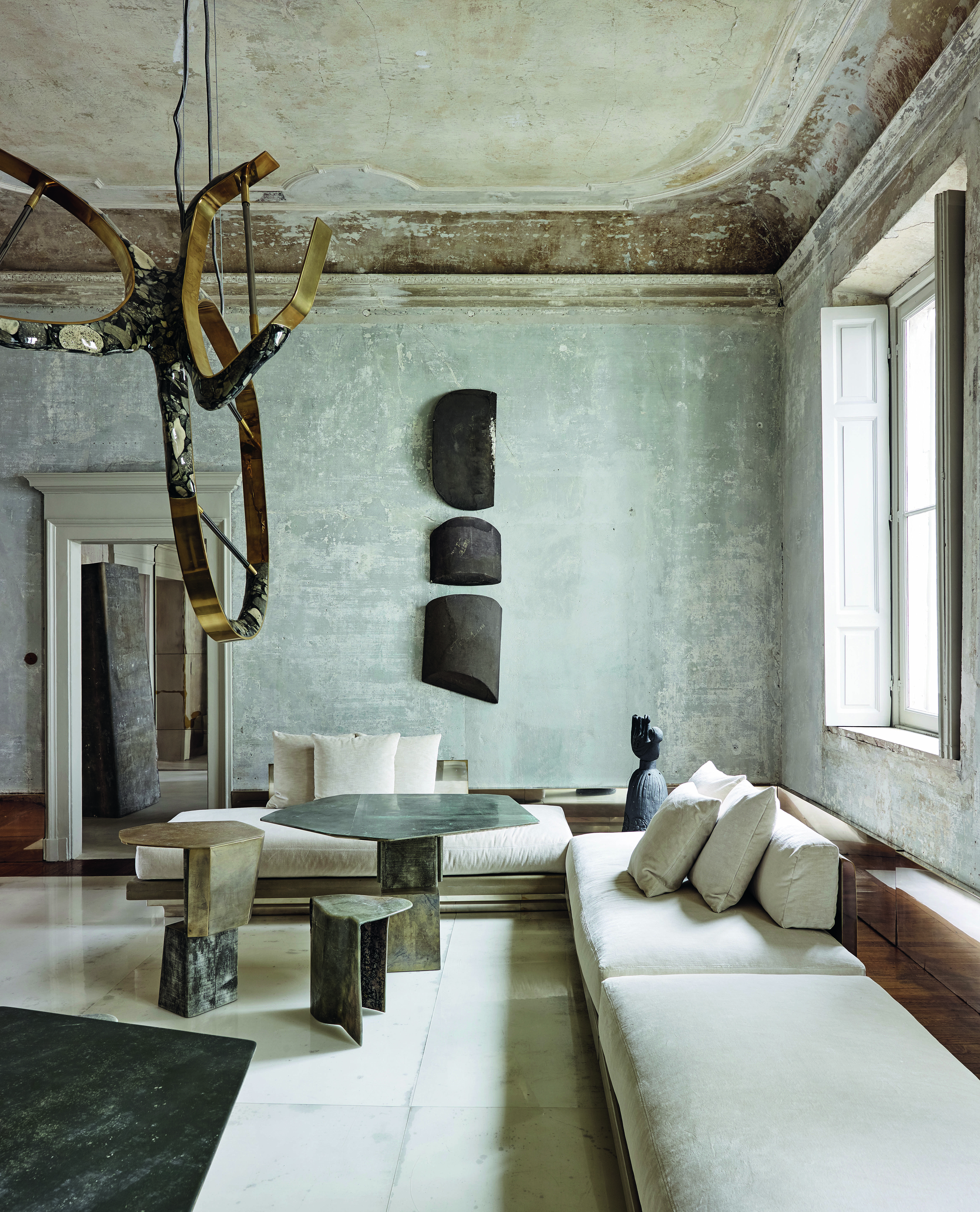
Inside the Milanese palazzo where the past meets the future
Architect and artist Vincenzo de Cotiis has turned his antique apartment into a beautifully progressive design lab
Get Inside, and you’ll open entirely new views on interiors. This book draws together a hugely impressive collection of homes made by sixty of the world’s most celebrated interior designers and decorators.
In these places, these professionals have employed all their skills and knowledge to create the kind of dwellings where they feel most comfortably at-home. There are eighteenth century townhouses, mid-century suburban London homes, Louis XIV-era Parisian hôtel particuliers, and contemporary, seafront abodes, each furnished with a studied array of art, antiques, ceramics, period-correct antiques, and perfectly chosen contemporary objects, as well as more personal souvenirs and mementos. In each case, readers gain insights into the ways in which both the old and new can come together in compelling ways.
Consider the home of the architect, designer, artist, and furniture maker, Vincenzo De Cotiis. He and his wife live in an eighteenth-century Milanese palazzo, “with its remnants of lavish walls, floors, and ceilings that reflect a bygone era of the aristocracy who once inhabited it,” explains our book. “Located on the first floor, their home is accessed through a courtyard that leads into a late-Baroque landing with terrazzo flooring and cognac-colored walls. When they initially saw the residence, its beauty was shrouded in heavy fabric and upholstery, products of consequent renovations. To capture the home’s authenticity without denying the passage of time, De Cotiis uncovered the original floors, ceilings, archways, and walls, whose frescoes were reduced to delicate pastel shades after years of sun exposure. De Cotiis found the building’s perfectly imperfect details—the creaking inlaid wooden floors, the sprinkle of plaster dust that falls off the walls when touched—particularly gratifying.”
De Cotiis added his own works to this antique interior, installing challenging, contemporary furniture and furnishing, much of which is made from recycled fibreglass. “In the entry, for example, a yellow-and-green Roger Herman vase sits on the designer’s DC1733 recycled fibreglass desk, which features a splash of blue paint,” says the text in Inside. “In the library, whose frescoes give the space a soft pink glow, De Cotiis’s DC1604 mohair velvet daybed complements the designer’s similarly hued cabinet. Colour reaches a crescendo in the kitchen and bathroom, which are clad in dark green and pink Brazilian marble. The living and dining rooms also showcase De Cotiis’s creations, especially his signature sculptural lighting, such as a marble and cast-brass chandelier suspended above a group of recycled fibreglass and silver-plated brass stools.”
These aren’t the kind of objects or materials you’d expect to find in the former home of a European aristocrat, but then De Cotiis is known for his challenging juxtapositions, and progressive use of materials. His place might be over 200 years old, via his minimalist, futuristic approach, “De Cotiis is redefining the look of luxury through his singular, history-bending lens” concludes Inside.

Inside
To see further pictures of this home and many others, order a copy of Inside here.